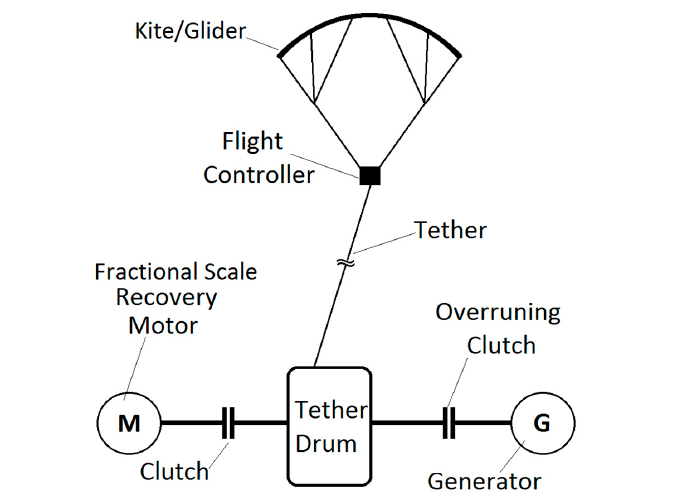This project is about the application of the direct interconnection technique (DIT) to marine renewable energy (MRE) devices, specifically for offshore non-reversing pumping mode AWE systems. The results show that the DIT can improve the ruggedness of the offshore installation by relocating power converters to shore. A laboratory hardware setup has been developed to emulate a small AWE farm. The measurements prove the theoretical expectations and the technical feasibility of the DTI for non-reversing pumping mode AWE devices. Simulation models have been developed to research with more flexibility. The performance of directly interconnected AWE systems under normal and fault conditions has been studied and the quality of the power generated by the directly interconnected AWE systems has been evaluated. Proper controllers have been developed to control the load balance and reactive power exchange of the directly interconnected AWE generators. Implementing the proposed active and reactive power controllers leads to a notable improvement in power quality.
Ground Station Design and Optimisation for Airborne Wind Energy

Ground Station Design and Optimisation for Airborne Wind Energy
Publications
(2019).
Analysis of direct interconnection technique for offshore airborne wind energy systems under normal and fault conditions.
Renewable Energy.
(2018).
Power Control of Direct Interconnection Technique for Airborne Wind Energy Systems.
Energies.
(2018).
Power Control for Directly Interconnected Airborne Wind Energy Systems.
Proceedings of the International Conference on Energy Engineering and Smart Grids (ESG’18).
(2017).
Operation of Direct Interconnected AWE Systems under Normal and Fault Conditions.
Book of Abstracts of the International Airborne Wind Energy Conference (AWEC 2017).
(2016).
Airborne Wind Energy---A Review.
3rd International Congress on Energy Efficiency and Energy Related Materials (ENEFM2015).
(2015).
Direct interconnection of offshore airborne wind energy systems.
OCEANS 2015 - MTS/IEEE Washington.